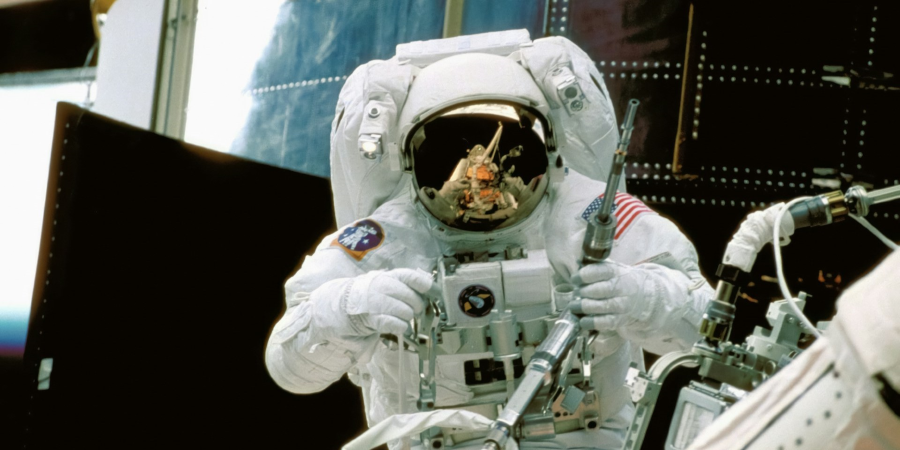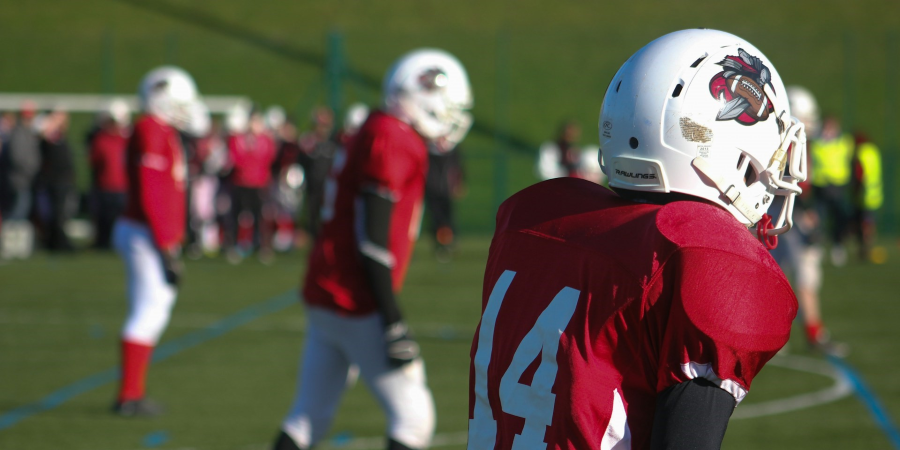Struggles for Nevada in the NFL
Since the Las Vegas Raiders relocated to Nevada in 2020, the team has faced multiple challenges both on and off the field. While the move brought excitement to Las Vegas, the team has struggled with inconsistent performances, management issues, legal controversies, and difficulties in establishing a strong local fanbase. This article explores the various struggles faced by Nevada’s NFL team and the potential solutions to improve its future prospects.
Las Vegas Raiders: Performance Challenges
Inconsistent Performance Since Relocation
The Raiders’ move to Las Vegas was highly anticipated, but the team has struggled to find its footing since the relocation. Despite moments of promise, the Raiders have been plagued by inconsistent performances on the field, making it difficult for them to compete at a high level in the NFL. Frequent coaching changes, including the resignation of Jon Gruden in 2021, disrupted the team’s continuity and led to instability in coaching strategy
Defensive Struggles
One of the Raiders’ most significant weaknesses has been their defense. Despite attempts to bolster the defensive unit through free agency and the draft, the team has consistently struggled to perform at a top-tier level. Issues such as a weak defensive line, lack of a consistent pass rush, and poor tackling have contributed to the team allowing high points per game Improving the defense remains a crucial challenge for the Raiders as they attempt to compete in the highly competitive AFC West division
Fanbase and Market Concerns
Building a Fanbase in Las Vegas
Las Vegas presents a unique challenge for the Raiders as they attempt to build a strong local fanbase. The city is known for its entertainment options, including casinos, shows, and other attractions, which compete for the attention of both tourists and locals While Allegiant Stadium has been a draw for visitors, there is concern that many attendees are tourists rather than dedicated local supporters. This has raised questions about how well the Raiders can establish a long-term, loyal fanbase in their new home
Allegiant Stadium Financial Concerns
The construction of Allegiant Stadium was a significant investment, and its profitability depends on maintaining high attendance and hosting additional events However, the COVID-19 pandemic disrupted ticket sales and attendance during the 2020 season, raising concerns about the stadium’s long-term financial viability
Ownership and Management Issues
Mark Davis’ Leadership
The leadership of Mark Davis, the Raiders’ owner, has come under scrutiny for several management decisions, including the team’s handling of the relocation and the hiring of coaches. While Davis has focused on maintaining team traditions, there has been criticism of his approach to adapting to the modern demands of the NFL, particularly in terms of finding stable leadership for the team
Management Decisions
The Raiders have also faced challenges with draft picks and free agency signings. Missed opportunities to acquire long-term talent, particularly in key positions like quarterback and defense, have hindered the team’s ability to build a competitive roster Management’s inability to consistently bring in game-changing players has contributed to the Raiders’ on-field struggles
Injuries and Player Struggles
Key Injuries Impacting the Season
Injuries to key players have been a recurring issue for the Raiders. Players like tight end Darren Waller and running back Josh Jacobs have missed significant playing time due to injuries, which has disrupted the team’s offensive rhythm and limited their ability to compete effectively The team’s reliance on star players means that injuries can have a disproportionate impact on their success.
Quarterback Inconsistencies
Derek Carr, the Raiders’ long-time quarterback, has shown flashes of brilliance but has struggled with consistency. His performance has been a subject of debate, with many questioning whether he is the long-term solution for the team Carr’s inconsistency, combined with a lack of stability in the offensive line and playmaking positions, has contributed to the Raiders’ ongoing struggles
League Standing and Competitive Challenges
Struggles in the AFC West
The AFC West is one of the NFL’s toughest divisions, featuring powerhouse teams like the Kansas City Chiefs. The Raiders have struggled to keep pace with these top-tier opponents, making it difficult to secure playoff spots and compete for division titles The division’s competitive nature has added to the pressure on the Raiders to improve their performance.
Playoff Droughts and Lack of Championships
Since relocating to Las Vegas, the Raiders have struggled to make a deep postseason run, with several seasons ending in disappointment The team’s inability to advance in the playoffs or secure a Super Bowl appearance has frustrated fans and added pressure on the organization to turn things around
Legal and Off-Field Controversies
Jon Gruden Scandal
In 2021, Jon Gruden resigned as head coach following the leak of emails containing offensive language. The scandal created a leadership vacuum and negatively affected team morale The controversy also raised broader questions about the organizational culture within the Raiders and how they handle off-field issues
Player Legal Issues
Former Raiders wide receiver Henry Ruggs was involved in a serious car accident that led to legal charges, further tarnishing the team’s public image Legal troubles involving key players have disrupted the team’s focus and raised concerns about discipline and oversight within the organization
Future Outlook and Potential Solutions
Improving Defensive Unit
To become more competitive, the Raiders must focus on rebuilding their defense. Addressing the weaknesses in their defensive line and secondary will be essential for the team to perform at a higher level in future seasons Acquiring consistent pass rushers and developing a stronger run defense will also help the team become more competitive in the AFC West
Developing Offensive Consistency
On the offensive side, the Raiders face important decisions about their quarterback situation. Whether to stick with Derek Carr or pursue a new quarterback will be a critical factor in the team’s future success Additionally, continuing to build around playmakers like Darren Waller and Josh Jacobs will be key to creating a more explosive and consistent offense
The Las Vegas Raiders have faced numerous struggles since their relocation to Nevada, from on-field performance issues to legal controversies and challenges in building a loyal fanbase. To achieve long-term success, the Raiders must address their defensive weaknesses, solidify their quarterback situation, and continue developing a competitive roster. With strong leadership and a focus on improvement, the team can overcome these challenges and compete at a higher level in the NFL.













